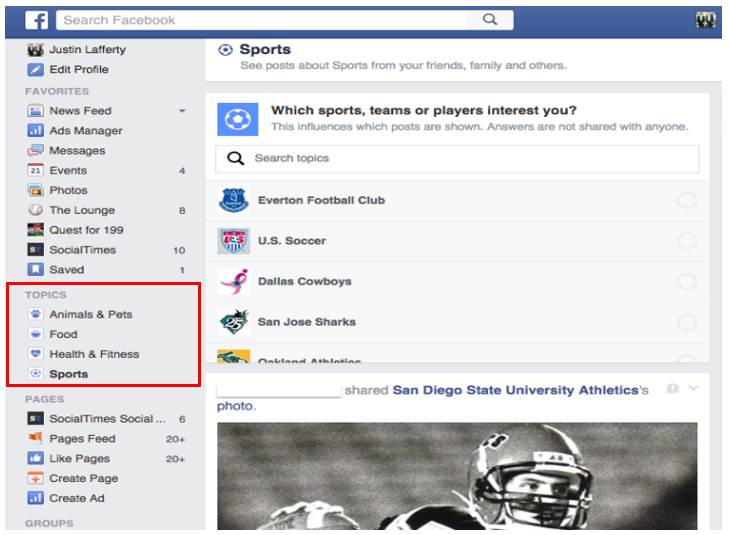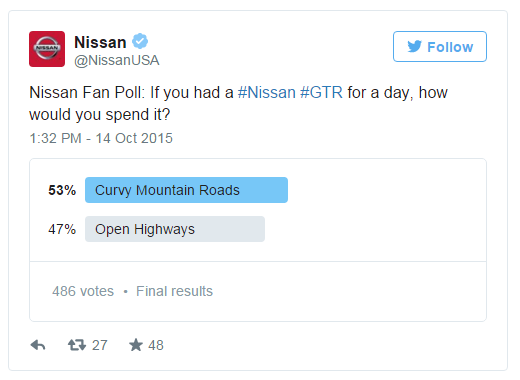Considering a Domain Change? Examine These Influential Factors First.
Changing the domain of a well-established website comes with some risks that may have an adverse effect on site authority, rankings, and traffic. Weighing these potential risks before the domain change is made is vital to the continued health of the site.
Authority can be divided into two pieces: domain authority and page authority. Domain authority measures the predictive ranking strength of the entire domain or subdomain; page authority measures the strength of an individual page. Both of these measurements are rated on a 100-point logarithmic scale that becomes increasingly more difficult to achieve as the scale nears the maximum possible points.
Rankings are based on a number of different factors that include keywords, content, page layout, page authority, and social signals. Each of these factors is weighed and a ranking is assigned to each page of the website based on the search engine used. The rankings are what search engines use to order websites in a SERP (search engine results page).
Traffic is simply the number of visitors that land on a website through various paths. These paths include organic, paid, direct, social media, and others. The volume of traffic greatly depends on the ranking results that are assigned. Therefore, if a page shows up low in the search results then it is less likely to be clicked on and visited.
Analysis of Current Domain
This example demonstrates one of the highest authorities in Google’s index with a domain authority of 96 (remember, 100 being the highest) and a home page authority of 83 (100 being the highest again). These results are very significant and demonstrate a strong ranking, both which would suffer from a domain change.

One other factor to consider is social signals. In the example above, this company has substantial social metrics which result in increased social signals that Google weighs when ranking a site within search engine results. Social signals do not transfer when a domain is changed so this company would be forfeiting their current metrics and need to rebuild.
Domain Change Next Steps
There are a number of steps that should be implemented to properly execute a domain change if it is decided that the change is necessary or worthwhile.
Before the Domain Update
1. Do an Audit
It is important to audit all statistics before transferring domain names. This will help get a better understanding of everything going on associated with the domain and will give a benchmark in which to see progress from after the switch. The biggest component to audit is the inbound links coming to the site. This is important because it is the biggest SEO ranking factor and when changing domain names it is important to minimize losing good links.
Next, review all the links to look for the best quality ones and highlight them. The best links should be revisited and checked that they are still linked and 301 redirecting properly after transferring domains.
Additionally, conduct an audit on the top keywords that are being searched for that drive visits to the website. This will be used after the launch as talked about below.
2. 1 to 1 301 Redirect Everything
Setting up a 1 to 1 301 redirect will not only send the user to the correct page but will also tell search engines that the page has permanently been moved and will transfer the link credit to the new page. It cannot be stressed enough how important it is to take time and make sure everything is getting 301 redirected properly. This is very important for both traffic and search.
3. Keep the Same URL Structure
It is highly recommended to keep the exact same URL structure while switching domains. There are enough changes that both the site and Google have to account for in a domain name switch, to change all the URLs as well would result in even more loss in rankings and traffic. If you want to make changes to the URL structure, it’s best to wait a few months after the domain transfer, once things have settled, and then make the changes.
4. Tell Google You Moved
Submit the new domain to Google and update the domain in their system so all listings are up to date.
After Domain Update
1. Thorough Check
The day of migration, double and triple check everything is linked properly and 301 redirected appropriately. Use the keyword audit performed to review all the keywords that were driving traffic to the site and search for them on Google. Then confirm that they are 301 redirecting properly. Additionally, review the top inbound links and check to see if they are properly redirecting.
2. Monitoring 404 Errors
A 404 will happen when a page doesn’t get redirected properly. Be sure to monitor and update any 404’s that might occur. Check every day for the first week and update any pages that might be returning a 404 error. Continue to review once a week for the first month after the change to keep track of any possible 404 errors that might happen after the launch. Sometimes it can take a few weeks for some to surface.
3. Plan a Big Marketing Push Post Launch
It is pretty common that after the transfer of a domain, search rankings will decrease. Knowing this in advance, it’s important to plan a big marketing push for right after launch to help bump the rankings and return to or, better yet, exceed previous success.
4. Content Push
Implement new site content. Blogs are a particularly good way to expand content and getting multiple blogs posted will drive traffic to the site, and are more likely to get linked to and shared.
Conclusion
Some domain changes are a necessity and have to be completed for the betterment of the company. Even if the domain change is completed correctly, it can result in a drop in the authority numbers which will decrease the rankings, and therefore, an overall drop in traffic as domain authority is not transferable.
Websites that are well established and have years of successful data should stay on the existing domain whenever possible. The history of data can be lost with a domain change and the site would need to start building authority all over again. It would be difficult to recapture the examples’ numbers with a domain change and, in fact, they may never return to such high levels.
If the domain were to change it would undoubtedly lose authority in the process. Instead, consider leaving the domain in the current location and build the changes directly into the site content. If a change must be made then the list of steps and processes above should be executed to ensure the lowest amount of lost authority as possible.


